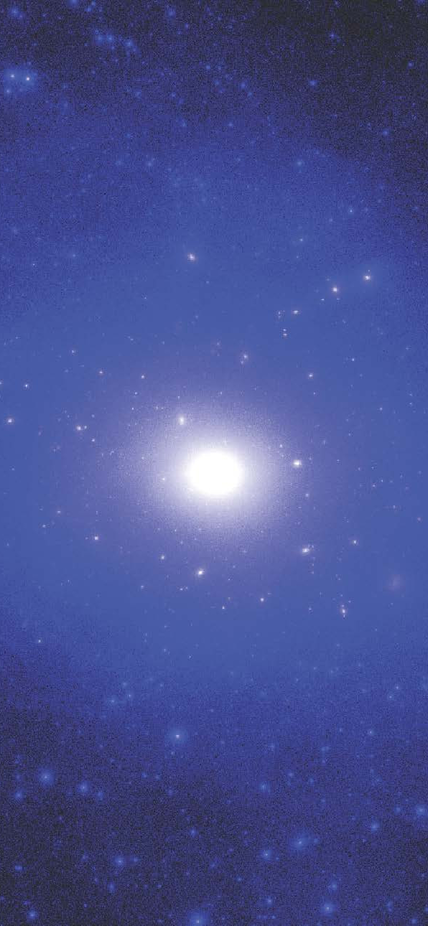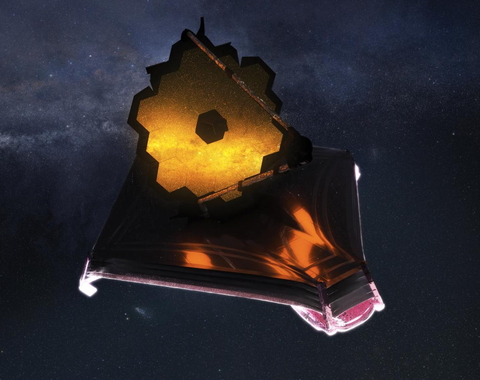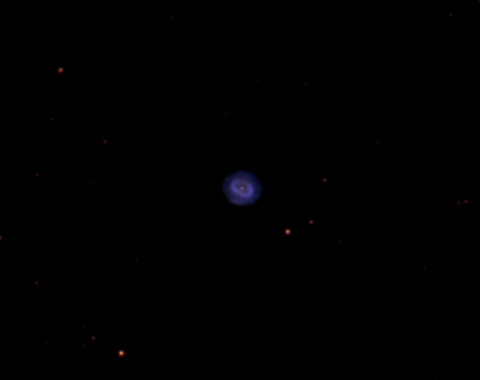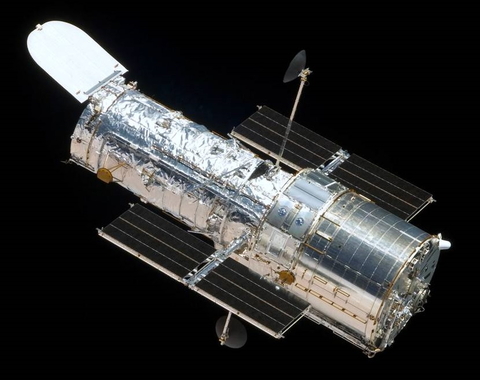The Inner Workings of Our Universe
Nearly a century ago, Carnegie astronomer Edwin Hubble discovered that the universe has been growing continuously since it exploded into being during the Big Bang. But precisely how fast it’s moving—a value termed the Hubble constant in his honor—has remained stubbornly elusive.
The Hubble constant is the cosmological parameter that sets the absolute scale, size, and age of the universe; it is one of the most direct ways we have of quantifying how the universe evolves.
For decades, its precise value has been a source of contention among astronomers. Even today, with the most-powerful telescopes at our disposal, tension between different groups remains. Carnegie astronomers are leading the search for new methods to quantify this crucial measurement.
The Hubble constant helped scientists sketch out the universe’s history and structure and an accurate measurement of it might reveal any flaws in our prevailing understanding of the physics underpinning these processes, including dark matter, the poorly understood mass whose gravity holds galaxies together, and dark energy, the mysterious force thought to be driving the universe’s acceleration.
For decades, its precise value has been a source of contention among astronomers. Even today, with the most-powerful telescopes at our disposal, tension between different groups remains. Carnegie astronomers are leading the search for new methods to quantify this crucial measurement.
The Hubble constant helped scientists sketch out the universe’s history and structure and an accurate measurement of it might reveal any flaws in our prevailing understanding of the physics underpinning these processes, including dark matter, the poorly understood mass whose gravity holds galaxies together, and dark energy, the mysterious force thought to be driving the universe’s acceleration.
Recent Cosmology News
In what will hopefully be a perfect seasonal gift to astronomers around the world, the James Webb Space Telescope is scheduled to launch December 25.
An unusual stellar explosion is shining new light on the origins of a specific subgroup of Type Ia supernovae.
Using red giant stars that were observed by the Hubble Space Telescope to make an entirely new measurement of how fast the universe is expanding.









